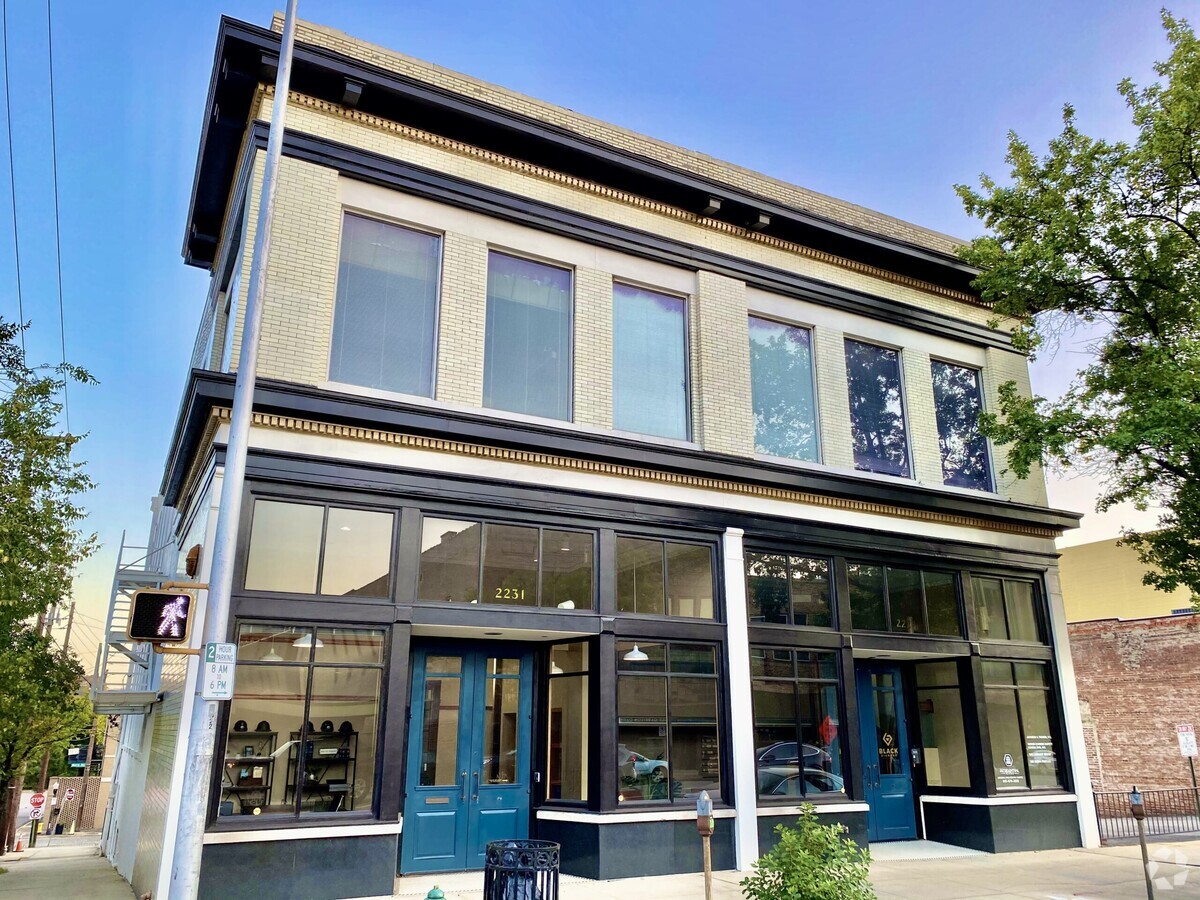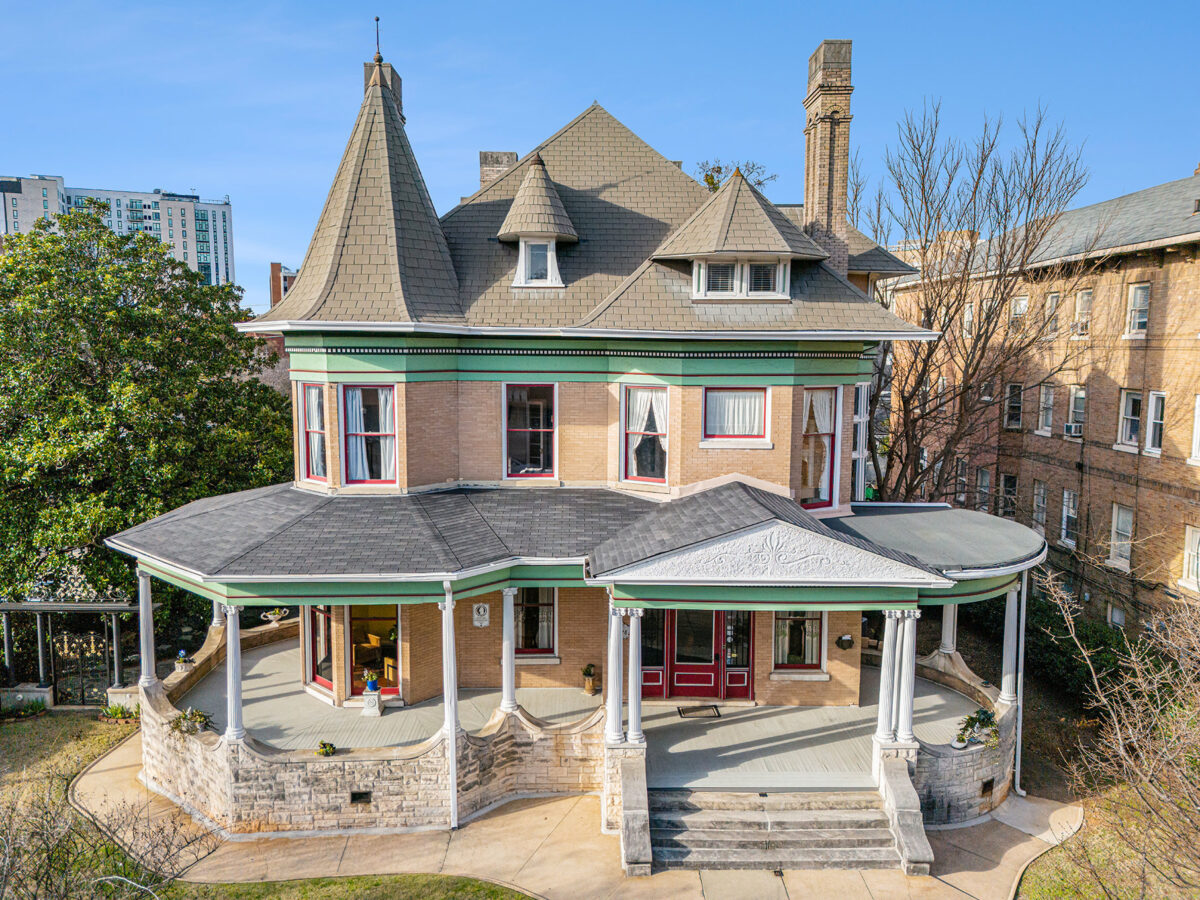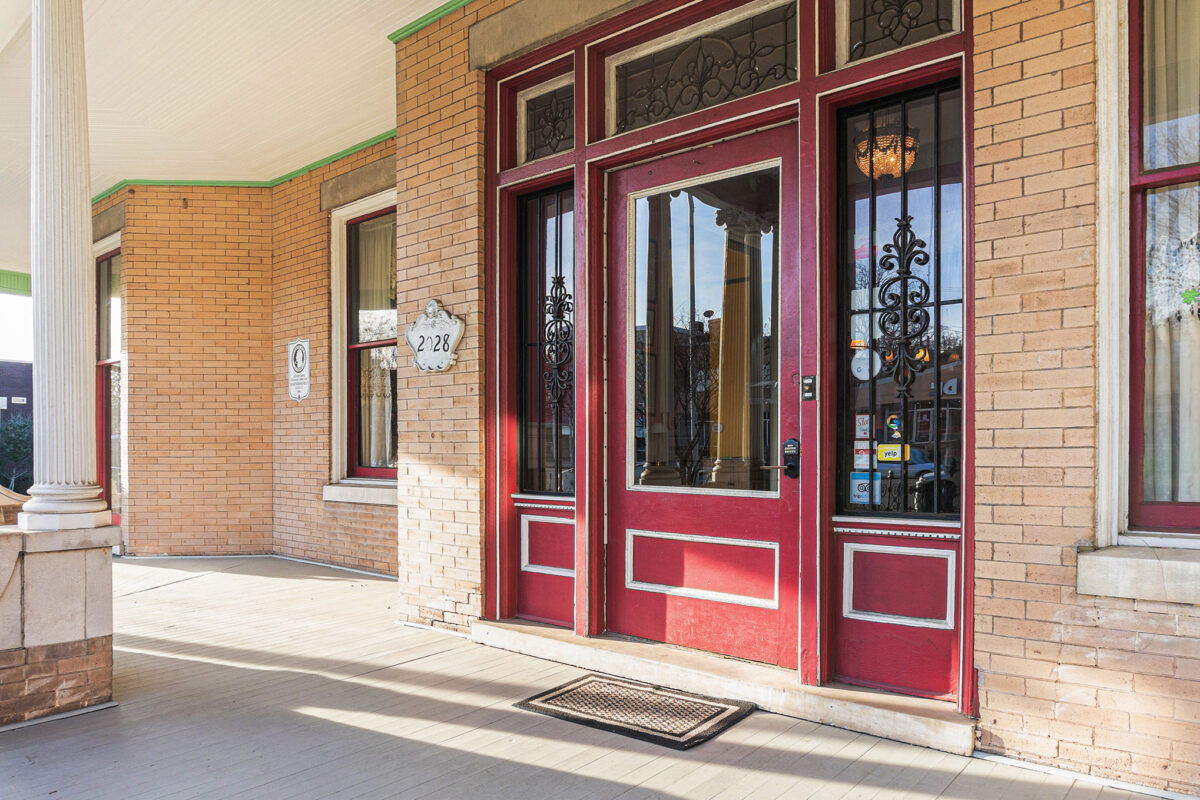
At REV, we believe Birmingham’s historic buildings are more than beautiful — they’re essential to the city’s identity, vibrancy and future. That’s why we’ve spent May, National Historic Preservation Month, spotlighting the tools that help protect and celebrate these places: first, the National Register of Historic Places; then, the power of historic tax credits. Now, we’re exploring one of preservation’s most impactful — yet often overlooked— tools: historic preservation easements.
As longtime preservation advocates, we’re also proud to introduce REV’s own Historic Preservation Easement Program, created to help safeguard Birmingham’s irreplaceable architecture while adding long-term value to development projects involving historic properties.

What is a historic preservation easement?
In short, it’s a promise to protect what makes a historic place special.
A preservation easement is a voluntary legal agreement — typically recorded as part of a property deed — that protects a historic building’s character for future generations. Most often, the easement covers the building’s façade or other defining architectural features.
Here’s where REV comes in: property owners can “donate” those historic elements to a qualified nonprofit (like us!), who then works closely with the owner to ensure any repairs, renovations or future development align with preservation goals.
These agreements are tailored to each property and stay in place even when ownership changes, making them one of the most enduring preservation strategies available.
Easement 101: Frequently asked questions

Ready to explore an easement for your historic property?
REV’s Historic Preservation Easement Program is here to help property owners protect Birmingham’s past while building for its future. If you’re curious whether your property is a good candidate — or just want to learn more — reach out to our team today.
Together, we can make sure Birmingham’s history remains a visible, vibrant part of its story for generations to come.
Related News
-
Preservation that pays: How historic tax credits can power a downtown revival
Filed Under: Developer, Downtown Birmingham, Front Page, Historic Preservation
For preservation advocates (or “building huggers,” as we like to call ourselves), historic tax credits are essential. They don’t just help save historic buildings — they support local economies, encourage private investment and breathe new life into spaces that shape the identity of our communities.
-
Listing history, building legacy: The National Register’s role in downtown’s historic districts
Filed Under: Historic Preservation
We’ve explored downtown Birmingham’s preservation wins and mourned its losses; this time, we’re turning our attention to the tools that help make preservation possible. In this piece, we’ll be diving into what is arguably the most foundational tool — and often the first step — in any preservation project: getting a building or district listed on the National Register of Historic Places.
-
Date night done right: Romantic outings you’ll fall for in Birmingham
Filed Under: Birmingham Food & Drink, Downtown Birmingham, Family Friendly, Front Page, Residential, Yaysayers
Looking for the perfect way to spend quality time with your special someone? In this guide, we’ve rounded up a variety of Magic City date ideas tailored to different tastes, personalities and interests. So, grab your partner, or even a few friends, and explore some of Birmingham’s best spots for a truly memorable time.